
Photography by Jessica Turner
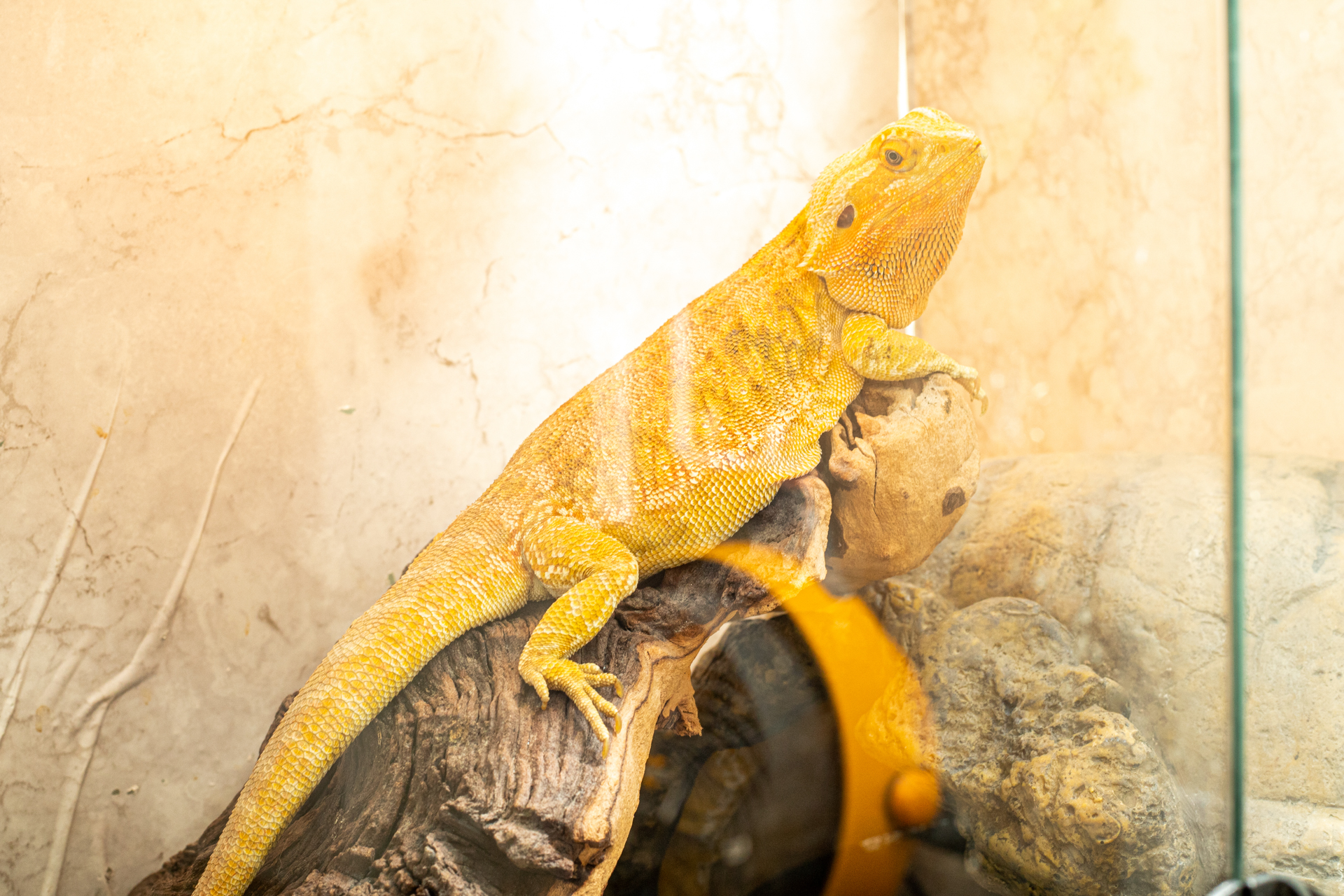
Photography by Jessica Turner
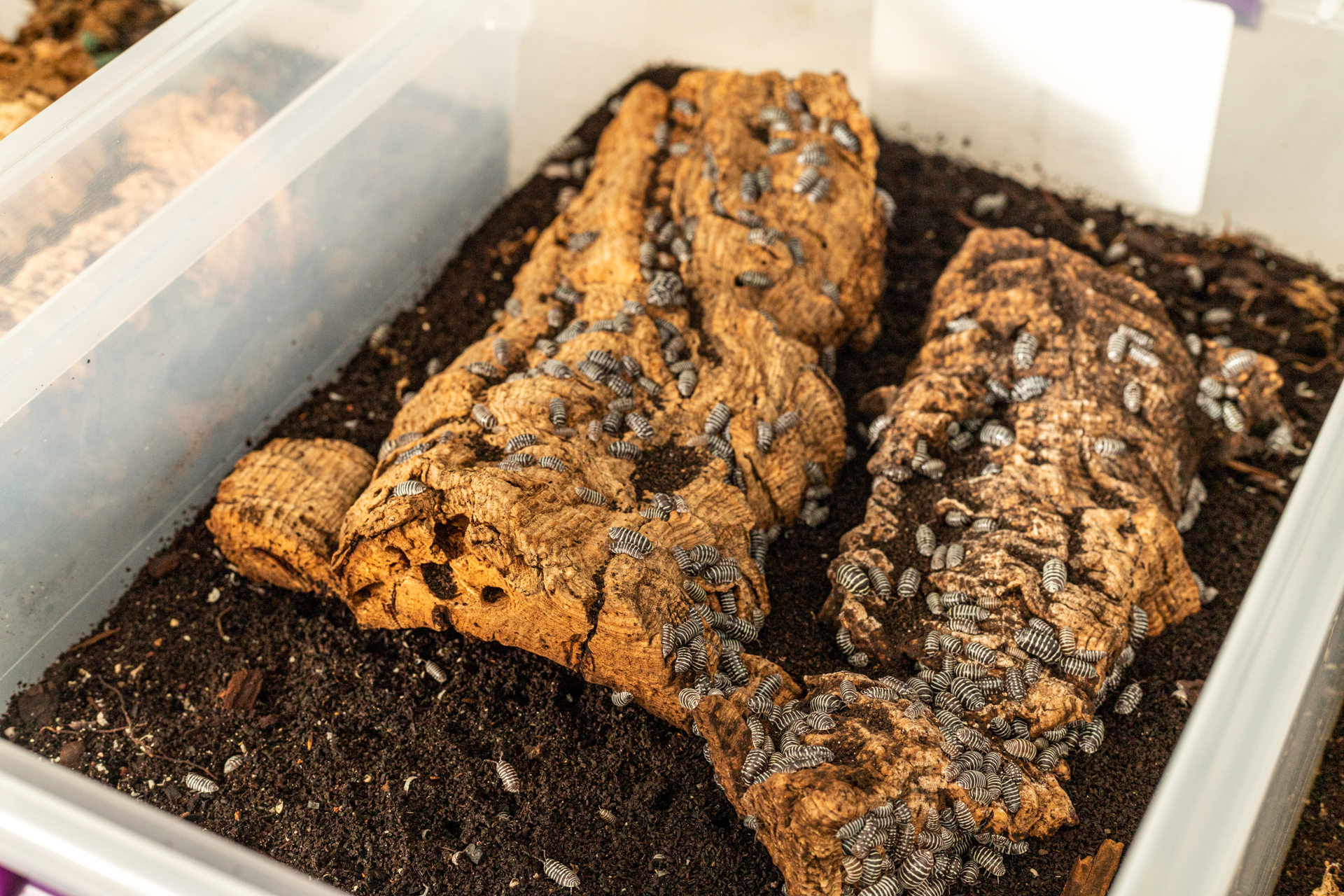
Photography by Jessica Turner
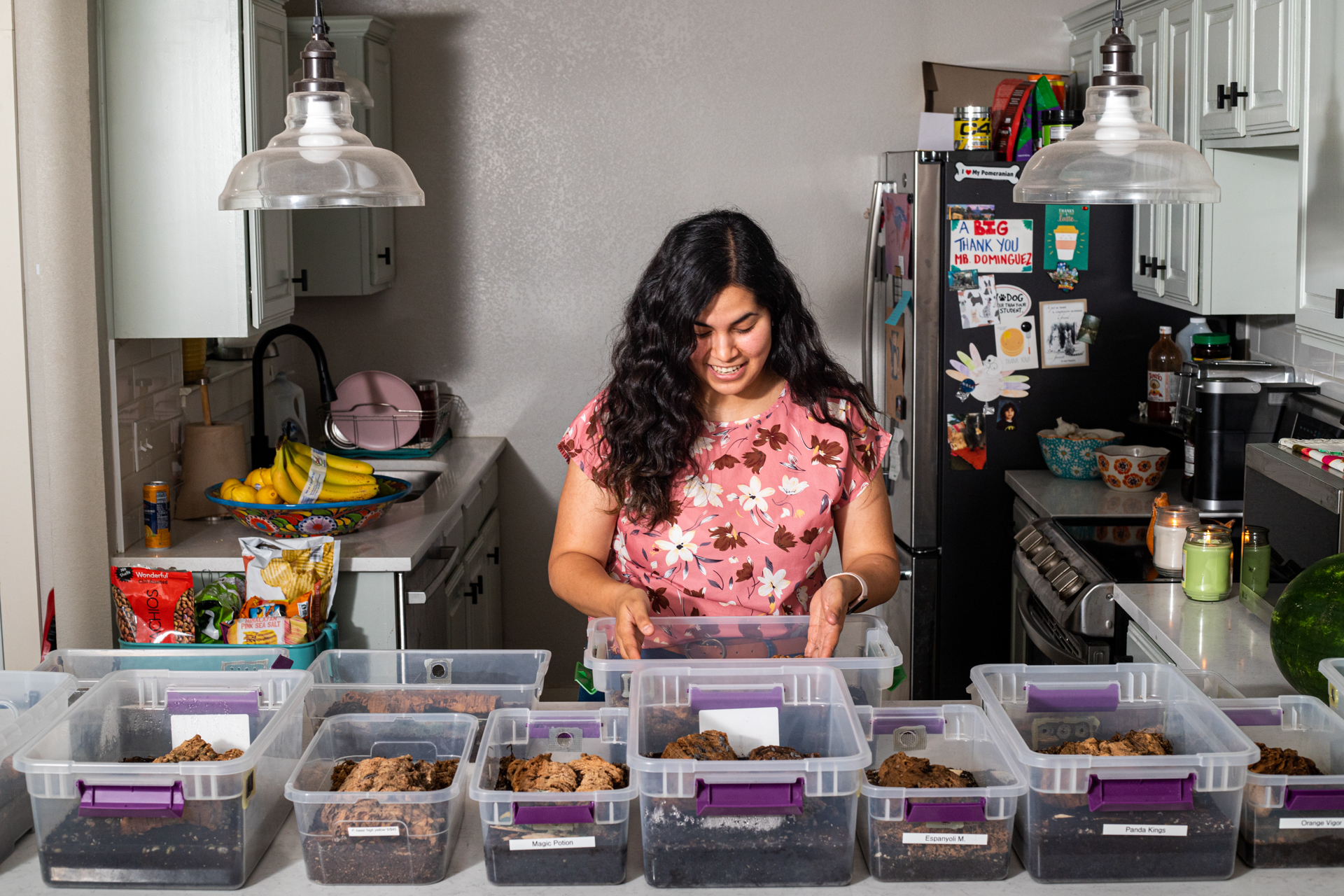
Photography by Jessica Turner
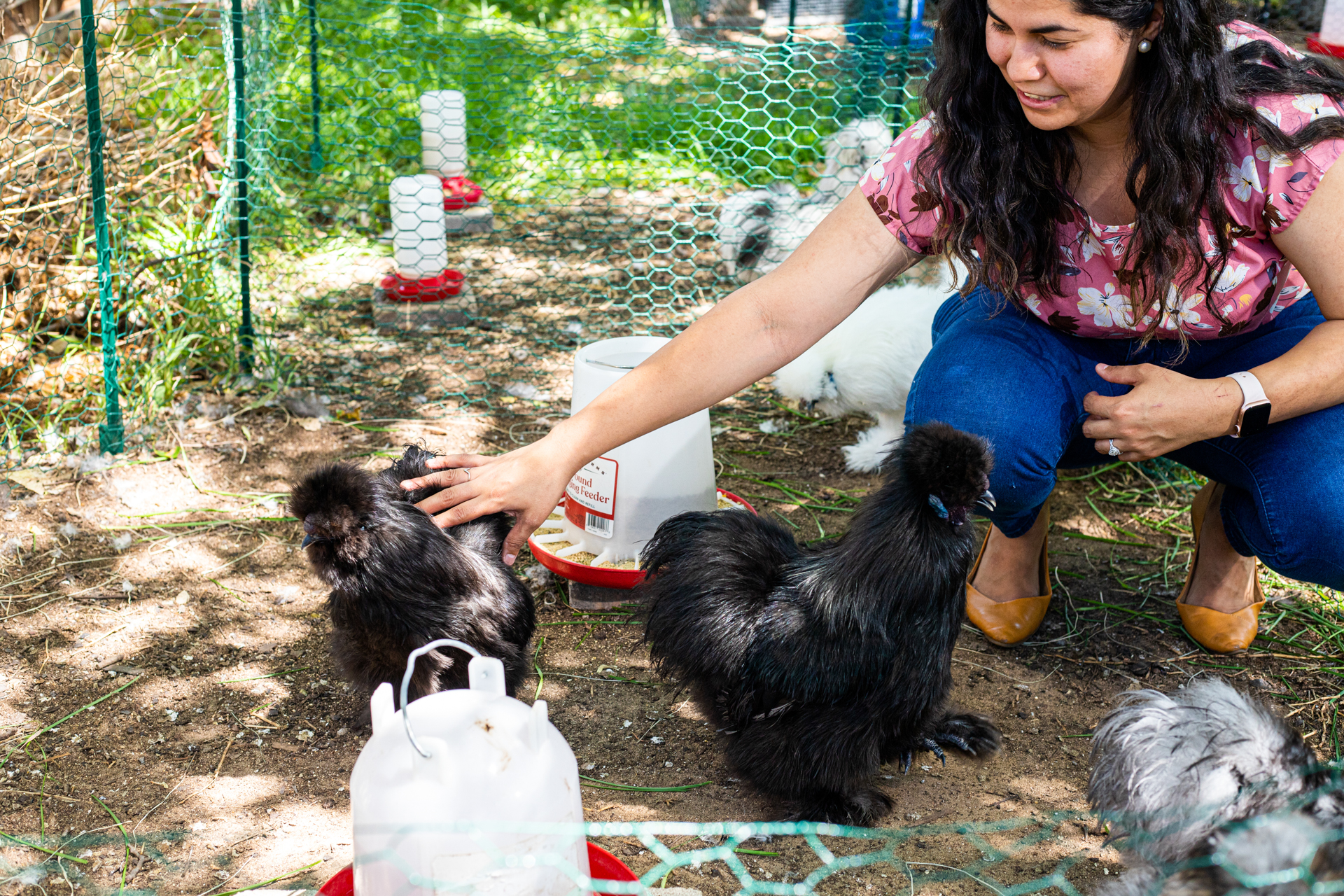
Photography by Jessica Turner
Four Pomeranians, six silkie chickens, a rabbit, a cat, three frogs, a bearded dragon, 14 geckos (five species) and a western hognose snake, along with an incalculable number of Dubia roaches, super worms and isopods inhabit a Kessler Plaza home with two humans.
April Castillo and her husband’s menagerie began with Castillo’s childhood pet, a Pomeranian named Princess.
“I remember the exact day I woke up to Princess being tossed onto my bed by my dad,” she says.
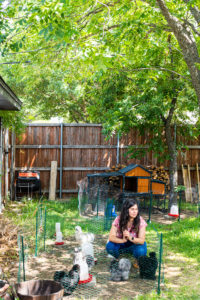 Princess was found walking the streets of Oak Cliff as a stray, and she begged for them to keep her.
Princess was found walking the streets of Oak Cliff as a stray, and she begged for them to keep her.
When Castillo and her husband moved into their first apartment together in 2013, they only made it 28 days in their no-pets-allowed apartment before breaking the lease.
“I cried every day because I missed Princess so much,” she says. “I couldn’t handle not living with her.”
After finding a pet-friendly place, another Pomeranian, Higgs, joined the family. Princess and Higgs began a Pomeranian dynasty in 2016, adding Olive to the mix. Over the years they also acquired Ollie, another stray Pomeranian they rescued, and Bear, a descendant from Princess’ litter, who they adopted after Princess died on Thanksgiving in 2018.
The four Pomeranians caused enough trouble for a while. A few years ago, Castillo decided she wanted a classroom pet.
“My husband and I are both teachers, so we went all in with research,” she says.
That’s how they found the North American Reptile Breeders Conference in Arlington. At that convention Castillo connected with breeders who are dedicated to educating people about reptile care, and she brought home a Hermann’s tortoise. Ultimately, the tortoise never made it to the classroom.
“We just didn’t want to put it in that stressful environment. But really … we wanted to keep it for ourselves,” she says.
The menagerie grew quickly as she fell in love with more reptiles as well as the human connections she made after attending more conventions. Since 2019, the couple has collected 19 reptiles. Their house has a room dedicated to housing about 20 bioactive enclosures for all the reptiles and creepy crawlies.
“Once you have this many reptiles, you have to start thinking about how to be more economical with their feeding,” she says. “Especially because a lot of these species can live up to 15 or 20 years. It’s a huge commitment.”
Castillo breeds Dubia roaches and super worms to feed her pet reptiles. But then insects also became part of the family.
“We started breeding isopods as well, which you probably know as roly-polies, and now we have 10 different species,” she says. “They aren’t for food though, just for fun.”
Castillo admits that most of her free time is spent on pet care, but she finds it rewarding.
She says it’s important to find reputable breeders for geckos, and she researches each one to understand the pet’s needs ahead of time.
“I definitely spoil them because I view them as more than just a cool reptile,” she says. “I want to make sure that I treat them as I would any pet in our home, like a cat or a dog.”
And the dogs are given top-tier care, fed a raw diet with goat milk daily. The reptiles are lower maintenance because they don’t require daily feeding. Castillo and her husband spend about an hour twice a day caring for their animals, splitting the job between them.
“The most high maintenance of our animals are definitely the chickens during the summer because they’re really sensitive to heat,” she says. “We have to make puddles for them in the yard, feed them frozen fruit multiple times a day, and just make sure they are staying cool enough.”
These silkie chickens are the newest addition to the family, and the Castillos like them so much that they want to acquire more, despite the amount of care they require. When one of their chickens died mysteriously, they had a necropsy performed to understand why (an ear infection that spread to the brain) and how to prevent it happening again.
“Most people wouldn’t do that, but we aren’t most people,” she says.





